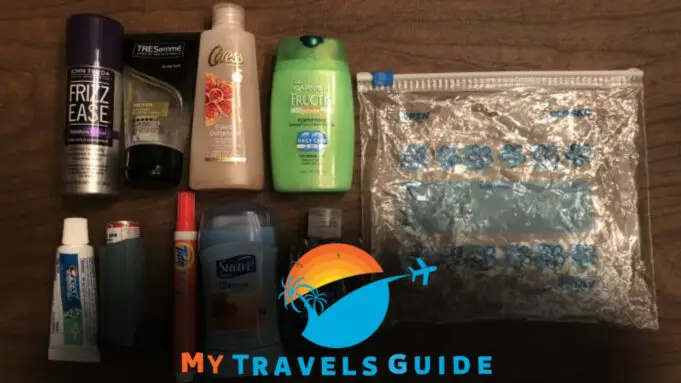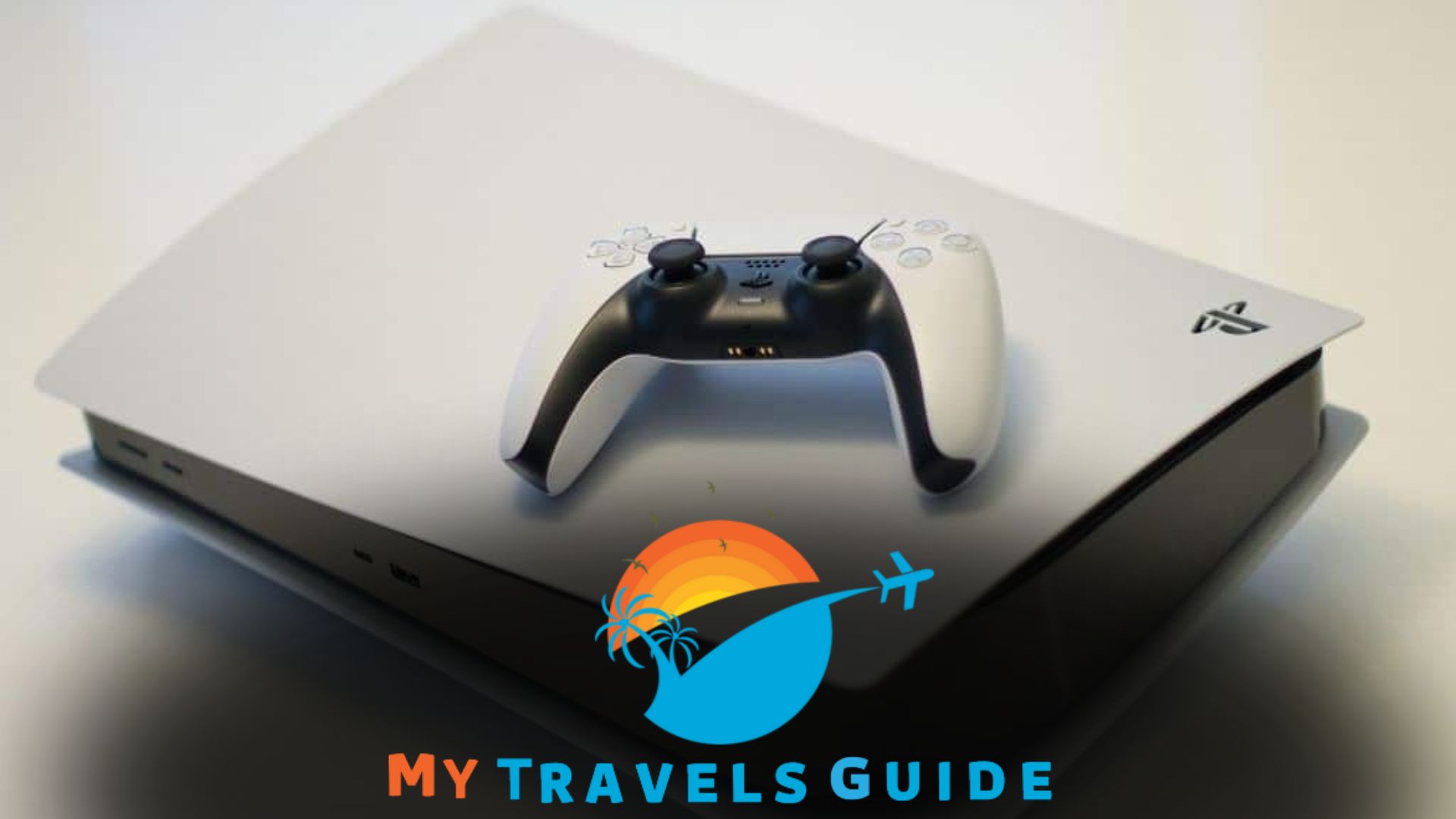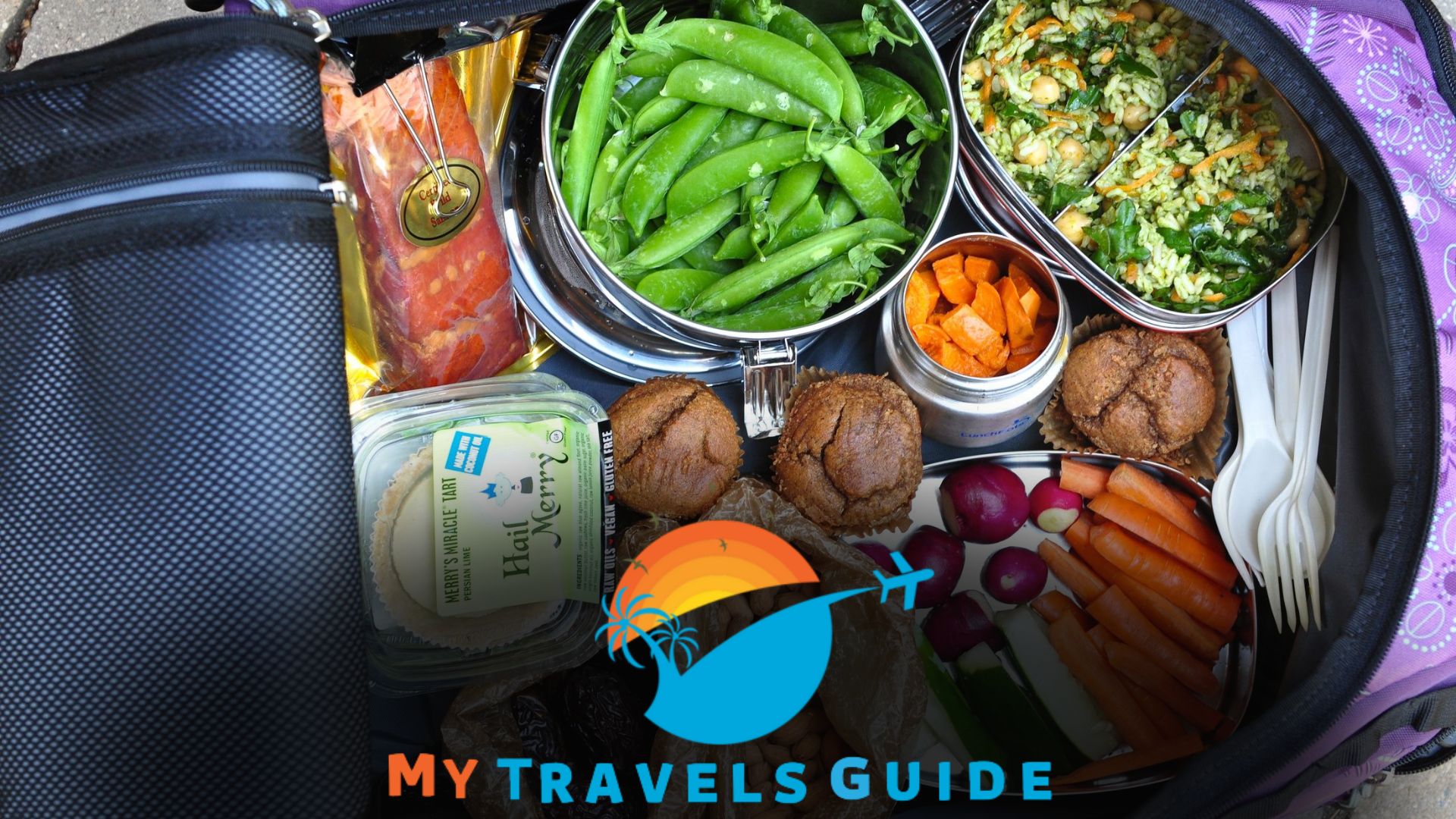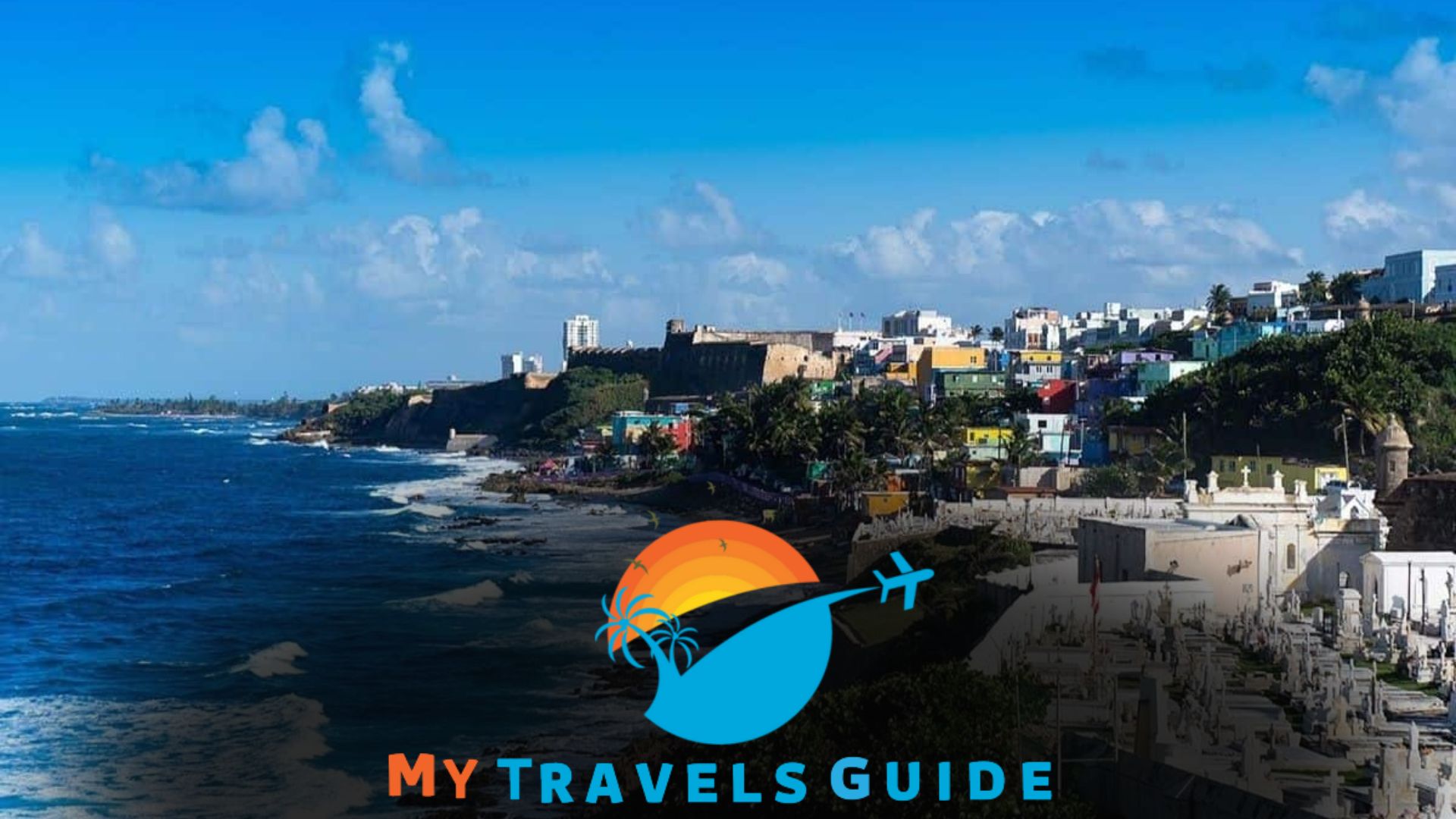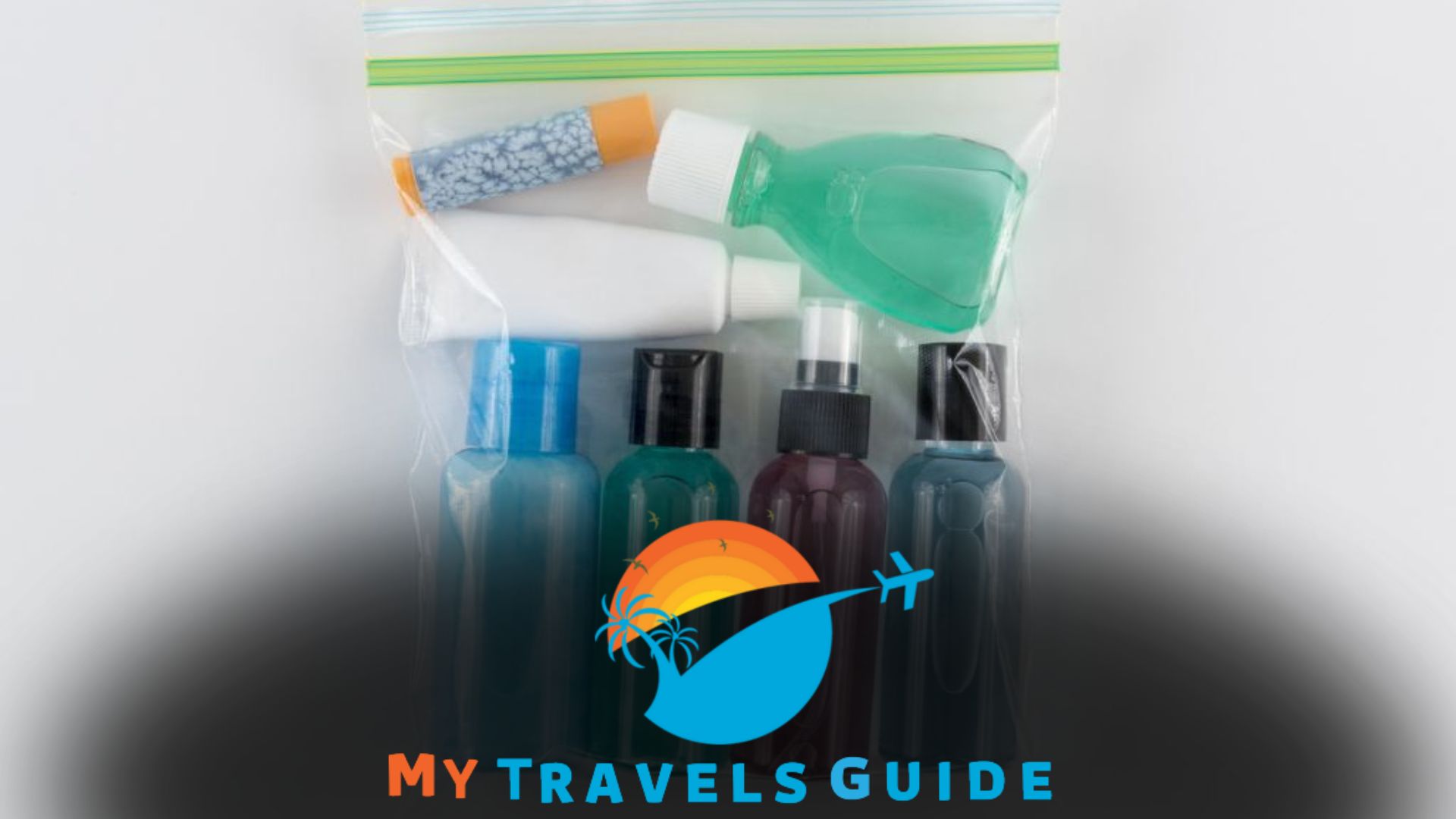In this article:
Travelers are allowed a quart-sized bag of liquids, aerosols, gels, creams, and pastes in carry-on bags. Each container should not hold more than 3.4 ounces (100 milliliters).
Navigating airport security smoothly requires understanding TSA liquid rules, a common concern for air travelers.
The Transportation Security Administration (TSA) regulates carry-on liquid sizes to ensure onboard safety.
A smart packing strategy involves grouping toiletries and other liquid essentials into a transparent, quart-sized bag.
This approach aligns with airport security measures and helps in quick and hassle-free check-in processes.
Remember, exceptions to these regulations include medications and infant-related liquids, which require separate screening.
Keeping these guidelines in mind streamlines your airport experience, allowing for a more pleasant start to your journey.
Introduction to Carry-on Liquids
Navigating the world of air travel can be complex, especially when understanding the nuances of carry-on liquids. Whether a seasoned traveler or a first-timer, knowing the dos and don’ts of liquid transportation in your carry-on baggage is crucial.
With airport security measures being stringent and ever-evolving, adhering to prescribed liquid sizes is not just about convenience but also about ensuring a hassle-free journey through security checkpoints.
Understanding the 3-1-1 Liquids Rule
The 3-1-1 rule is an easy-to-remember guideline for passengers packing liquids in carry-on bags. This rule states that all liquids, aerosols, gels, creams, and pastes must be 100ml (3.4 ounces) or less per container.
They should fit comfortably in one single, clear, quart-sized bag. Each passenger is allowed one such bag, which should be presented separately at the security checkpoint.
Historical Context: Evolution of Carry-on Liquid Restrictions
The advent of liquid restrictions in carry-ons has a significant historical context.
Following incidents of security threats, authorities introduced regulations to curb the likelihood of liquid explosives being brought aboard aircraft.
Over time, these restrictions have evolved into standardized limits enforced worldwide to balance traveler convenience and flight safety.
Why Size Matters: Security and Safety Considerations
Liquid size limitations in carry-on baggage are a matter of security and safety. Smaller quantities make it more difficult to conceal harmful substances.
It also enables security personnel to quickly screen and identify permitted items, thus reducing potential security breaches.
These considerations underscore the importance of strictly adhering to the specified liquid size guidelines.
Regulatory Agencies and Their Rules
Travelers around the globe face a common challenge: understanding and adhering to the carry-on liquid size rules set by various regulatory agencies.
Each country or region has its own set of restrictions designed to enhance safety and security during air travel. Navigating these rules can be daunting, but with the right knowledge, you can confidently pack your carry-on.
Let’s break down the guidelines from some of the most influential regulatory bodies.
Transportation Security Administration (TSA) Guidelines in the U.S.
Transportation Security Administration (TSA) Guidelines in the U.S.
The TSA has established clear guidelines for liquids in carry-on bags. Known as the 3-1-1 liquid rule, it stipulates that travelers:
- Can carry liquids in 3.4 ounces (100 milliliters) or smaller containers.
- Must place these containers in a single quart-sized, transparent, resealable bag.
- Are limited to one bag per passenger, which must be screened separately from other carry-ons.
This rule applies to all liquids, gels, creams, pastes, and aerosols. Preparing correctly can smooth your security check-in process and prevent unnecessary delays.
European Union Restrictions and Guidelines
In the European Union, the regulations closely mirror those of the TSA. Passengers:
- Liquids may be carried in containers no larger than 100 milliliters.
- Place these containers in a transparent, resealable plastic bag with no more than 1 liter capacity.
- The EU emphasizes that the liquid bag should be presented separately from other carry-on items during airport security.
Variances in International Regulations: Asia, Middle East, and Others
International regulations can vary significantly, making preparing for your journey more challenging. For instance, Asia and the Middle East have their take on liquid restrictions.
| Region | Container Size | Bag Capacity | Additional Notes |
|---|---|---|---|
| Asia | Up to 100 milliliters | Varies by country | Some Asian countries may have specific rules for duty-free liquids. |
| Middle East | Up to 100 milliliters | One liter max | Security procedures can be stringent, with additional screening possible. |
| Others | May differ | May differ | Tightly regulated items like baby formula or medications usually get exemptions. |
Before flying, you must check the specific liquid restrictions of your airline and departure or transit countries to ensure seamless travel.
Travel Tips for Packing Liquids
Embarking on a journey often involves meticulous planning, and the rules can seem daunting when packing carry-on liquids.
Whether for a short business trip or a long-awaited vacation, understanding how to pack your liquids can make your travel experience smoother and hassle-free.
This section will provide savvy travelers with expert advice on easily navigating airport security and ensuring your carry-on liquids are well within regulations.
Streamline your travel prep with these best practices for packing carry-on liquids efficiently:
- Adhere to the 3-1-1 Rule: Each liquid must be in a container of 3.4 ounces (100 milliliters) or less, and all containers must fit in one clear, quart-sized, plastic, zip-top bag.
- Be Selective: Only pack essential liquids in your carry-on — consider what you’ll need during your flight or immediately upon arrival.
- Security Screening: Present your bag of liquids separately when passing through airport security checkpoints.
Containers and Tools for Compliance
Effective tools and containers are vital for a seamless travel experience. Consider these options for compliant packing:
- Travel-Sized Containers: Invest in reusable travel-sized bottles for your favorite products that exceed carry-on limits.
- Label Clearly: Avoid confusion by labeling each container with the contents, easing the inspection process.
- Purchase Pre-packaged: Opt for pre-packaged travel-size liquids to ensure compliance with volume restrictions.
- Quart-Sized Bags: A sturdy, transparent, quart-sized bag is non-negotiable for carrying your liquids through security.
Dealing With Exemptions: Medications and Infant Care Products
Exceptions to the 3-1-1 rule exist for items like medications and infant care products. Here’s how to handle them:
| Type of Exemption | Description | Tips for Packing |
|---|---|---|
| Medications | Prescription and over-the-counter medications. | Present them to security officers and label them accurately. |
| Breast Milk, Formula, and Juice | Liquids for infants or toddlers. | Notify officers at the checkpoint and separate these items from your quart-sized bag. |
| Cooling Gels or Ice Packs | Used to keep child-related liquids cool. | Declare them at the checkpoint for inspection. |
Manage exemptions efficiently by understanding the rules and preparing accordingly. Always declare these items at security checkpoints and provide any necessary documentation without prompting.
Challenges and Common Questions
Navigating the rules of carry-on liquid size poses challenges that often leave travelers scratching their heads.
Whether it’s figuring out how to pack toiletries without them spilling over your clothes or understanding the latest airport security regulations, these common questions merit clear answers.
Addressing Spills and Leaks: Preventive Measures
Preventing messy spills and leaks is paramount for any traveler. To safeguard your belongings, start by choosing the right containers. Opt for high-quality, leak-proof travel bottles designed explicitly for on-the-go use.
Next, seal these containers with plastic wrap under the cap for an added layer of security. For extra caution, place liquids in a separate, easily accessible bag within your carry-on.
This ensures swift retrieval during screening and provides another barrier against potential messes.
Navigating Airport Security With Carry-on Liquids
Airport security is stringent about liquids in carry-on baggage. Familiarize yourself with the 3-1-1 liquids rule: Each passenger can bring liquids in containers of 3.4 ounces (100 milliliters) or less, packed within a single quart-sized, clear, zip-top bag.
Keep this bag handy to streamline the screening process.
Regarding exceptions, medications, and infant food often get the green light for more flexible quantities – but always declare these at checkpoints.
- Confirm current liquid restrictions before travel
- Pack liquids according to the 3-1-1 rule
- Prepare liquids for easy access during security checks
Dispelling Myths About Carry-on Liquid Restrictions
Many myths surround the regulations for carry-on liquids, leading to confusion. One common myth is that all liquids are outright banned, which is not the case.
Most personal care items like shampoos and lotions are permissible within the stated limits.
Another misperception is that enforcement is uniform worldwide. While many countries have adopted similar protocols, always verify the specific rules for your destination and any transit points to sidestep potential issues.
| Myth | Reality |
|---|---|
| All liquids banned | Liquids allowed in 3.4 oz containers |
| Rules the same worldwide | Vary by country and airport |
Future of Travel: Trends and Innovations
The Future of Travel beckons with a promise of innovation, shaping how we navigate our journeys and redefine convenience.
As wanderlust grips the modern traveler, the focus shifts towards trends that streamline experiences while embracing technological prowess.
This evolution touches all aspects of our voyages, including the carry-on liquid size guidelines that travelers diligently adhere to. But what does the future hold for these regulations and the overall travel packing paradigm?
Let’s dive into the dynamics of tomorrow’s travel, looking closely at airport screening advances, potential regulatory shifts, and sustainability’s significant role in how we pack.
Technological Advancements in Airport Screening
Advancements in technology promise a leap forward in airport security screening.
Innovations such as computed tomography (CT) scanners and biometric identification spearhead a new era where convenience meets security.
These technologies aim to reduce the hassle for passengers while maintaining high safety standards. In the future, travelers might experience:
- Quicker queues thanks to faster and more sophisticated screening devices.
- Less intrusive searches, allowing passengers to keep electronics and liquids in their bags.
- Enhanced detection capabilities that improve threat identification without compromising passenger throughput.
Such technological leaps signal a transformative period for airport protocols, where efficiency and enhanced user experience are paramount.
Potential Changes to Carry-on Liquid Regulations
Currently, the TSA liquids rule, widely known as the 3-1-1 rule for carry-ons, dictates each passenger may carry liquids, gels, and aerosols in travel-size containers that are 3.4 ounces or 100 milliliters.
The containers must fit in one quart-sized, resealable bag. But as technology evolves, we may witness changes like:
- Increased liquid allowances as new machinery better distinguish harmful substances and harmless personal items.
- Streamlined checkpoints, potentially allowing for keeping liquids and gels within carry-ons during checks.
- Adjustments to bag size and specifications reflecting improved scanning technologies.
Travelers eagerly await directives that simplify the packing process and enhance the travel experience.
The Role of Sustainability in Future Travel Packing
Sustainability significantly influences the travel industry’s future, influencing how travelers pack and carry items. As eco-consciousness rises, so does the demand for sustainable travel options, including regulations that encourage:
- Reusable containers and eco-friendly travel-sized products.
- Biodegradable materials for permitted in-flight items.
- Non-liquid alternatives that negate the need for liquid restrictions.
These shifts point towards a future where travel gear and toiletries align with a green philosophy, and comfort exists in harmony with conservation.
Conclusion
Knowing the right carry-on liquid size is essential for a hassle-free journey. This guide clarified TSA regulations and provided practical packing tips.
Next time you fly, remember these points to breeze through security. Safe travels and smooth flying await when you prepare accordingly!

